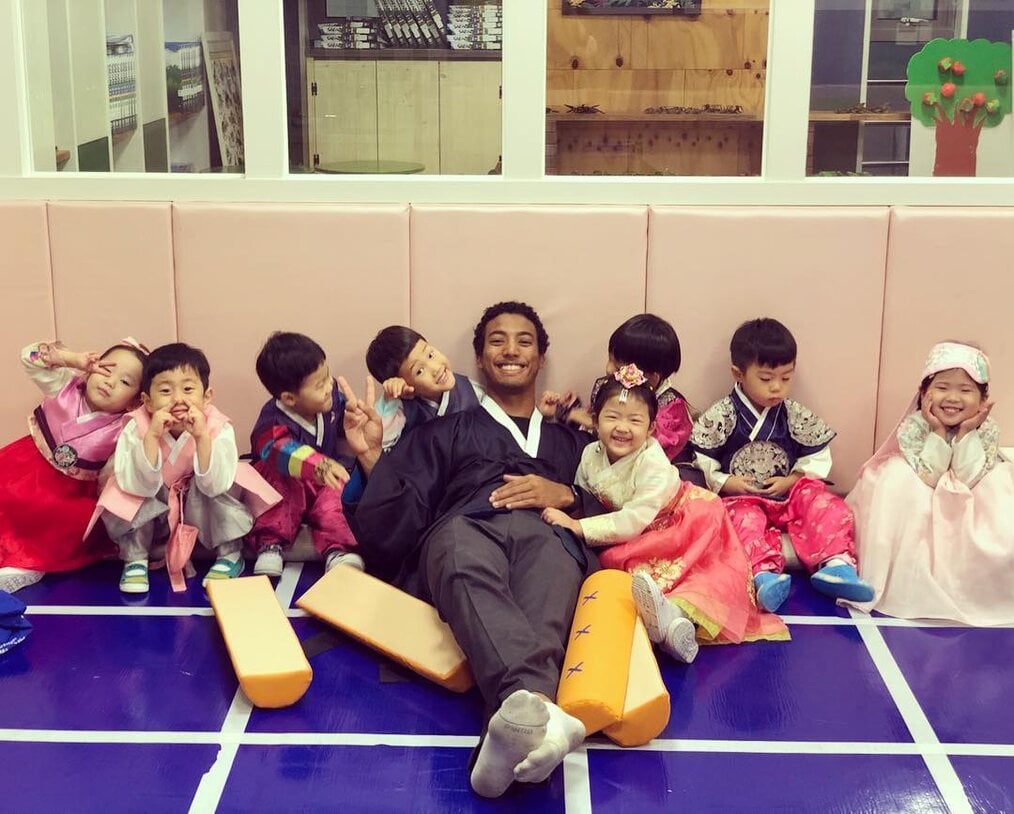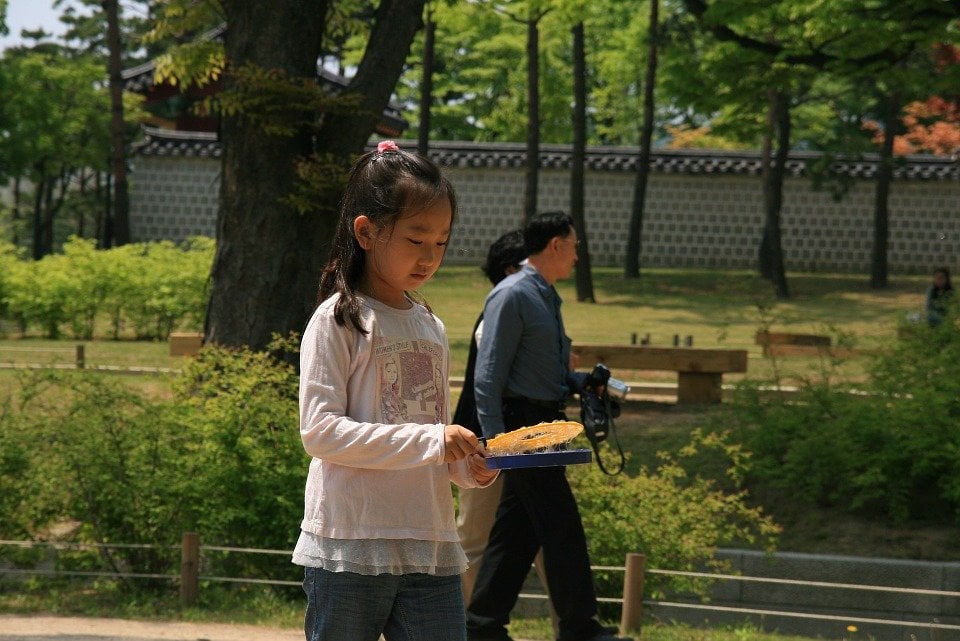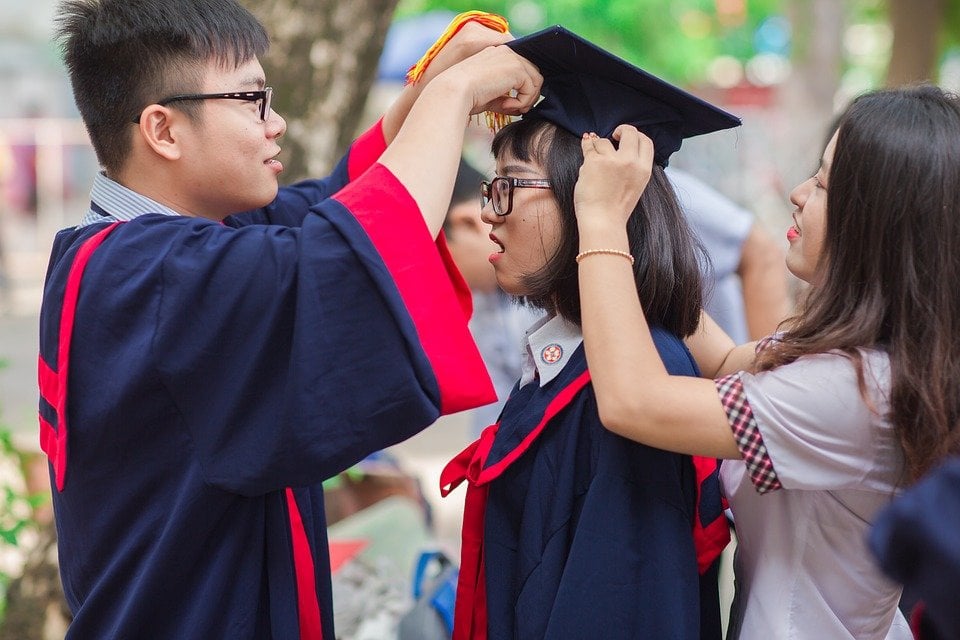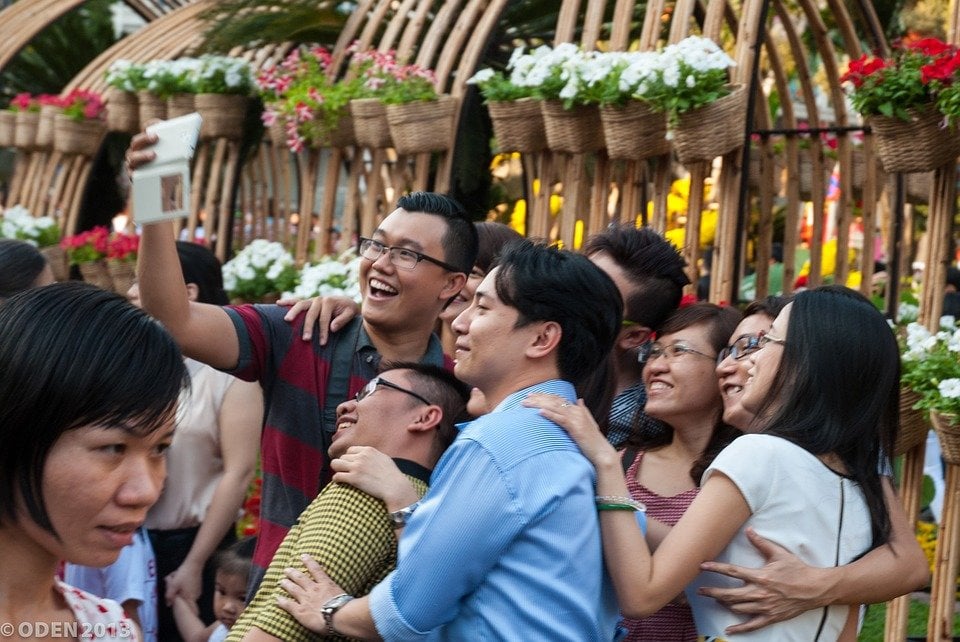What It's Like Teaching in South Korea
From young children to adults, you'll encounter different norms and classroom atmospheres across the different age groups in South Korea. Check out our guide on what to expect working with kids, teens, and adults, and pick the age group and schedule that best suits you.
TLDR 👀
- Most teaching jobs in South Korea are in K-12 education although sometimes positions working exclusively with adults are available.
- Young Korean students are respectful and attentive but like kids everywhere, they respond best to games and lessons that focus on their interests.
- Be prepared for your young students to ask you a lot of questions, some of which you may think are too personal. Don't worry, they mean well!
- The school life of Korean teens revolves heavily around exams which generally causes a good deal of stress. Fun and relaxed classroom environments will work best when teaching high schoolers.
- Teaching adults may seem like a better deal if you don't enjoy singing and dancing with your students but the split shift schedules can be exhausting and mean long workdays.

Year after year South Korea is gaining international recognition, be it for award-winning films and series, record-breaking pop idol groups, or its delicious food. Even with their high rate of cultural exportation, Korea realizes the value of having a population with knowledge of the English language. Because of this demand for English education, Korea is one of the best countries to get a job as an English as a Second Language (ESL) teacher. However, you may be thinking to yourself, “What is teaching in Korea really like?”
As a former EPIK elementary school teacher and a current adult English instructor in Seoul, I have experience with both age groups and others in-between. But, I’ve found that while Koreans are no more perfect than other students around the world, Koreans are extremely dedicated to their studies and are a joy to teach at any age.
Considering teaching English in South Korea, “The Land of Calm”? Read on to learn about what it's like teaching English in South Korea and how to find success at every age level.
The Korean education system

Perhaps the number one thing people don’t realize before coming to Korea is that the education system will not be the same as in your home country. Many new teachers may come to South Korea and find what they perceive to be flaws that they’d like to change.
You should come to Korea understanding that it is a different country and how your country does things is not inherently better. And no, you will not convince the higher-ups to change the system to a way that you think is better!
Education is intense in South Korea and from a young age, the majority of students attend multiple schools and spend most of their time every day focusing on education.
Hagwons vs. public schools
In Korea, kids start their education at kindergarten (from ages 3-6), and around the age of 7, students begin elementary school. During the day, children generally go to public schools. In the evening, most students will also attend at least one after-school private academy, known as a “hagwon,” with English being the most popular subject studied. It is not unusual for kids to attend several different hagwons every day and arrive home late into the evening.
Working hours
The main difference between public schools and hagwons is the working hours. Typically hagwons run after public schools let out, so they will be open late into the evening with most teachers working from 2 P.M. to 10 P.M. You will work longer than those scheduled hours, and at least 30 of your weekly hours will be in-class teaching hours. At my hagwon, I typically worked 52 hours per week!
In a public school, you are guaranteed working hours of 40 hours per week, though not all of those hours are dedicated to teaching. You will spend a good amount of time doing “desk-warming,” where you are scheduled to be at school, in your classroom, without any classes to teach. Essentially, while desk-warming, you are paid to do nothing. At a public school, you will rarely have to work more than your scheduled hours, which is a big benefit compared to hagwons.
See what a general day of work at a Hagwon looks like here in South Korea!
Teaching children in South Korea

Most of the English-teaching jobs available in South Korea are for teaching children in schools from kindergarten through elementary school, which is fantastic news because Korean kids are adorable. But before you jump in, there’s a few things to keep in mind.
English teaching jobs with children in Korea will vary depending on your area and the age of your students. For example, kindergarteners through third-graders usually adore sing-alongs, but fourth-graders might roll their eyes if you YouTube, “Baby Shark.”
And, while first-graders in Gangnam might ask you in English about your hobbies and your hometown, first-graders in rural areas might not know their ABCs. In short, you should keep your lesson plans flexible for various English levels until you’re familiar with your student’s needs. Here are a few other important things to keep in mind:
Korean kids are overworked
Korean kids work hard during public school and often have to go to one or even two hagwons (after-school academies) afterward. While the real educational race doesn’t usually start until middle school, even elementary students have full schedules. Unless you incorporate games, songs, and crafts into your lessons, your kids will doze off or doodle Pororo in their notebooks. If the students look really uninspired, try incorporating K-Pop and videogame references into the lesson. For example, a lesson on English phone etiquette is much more interesting to middle schoolers if they can pretend they’re talking to EXO, not their mom.
Establish rules & be patient
Although discipline in Korean elementary schools used to be strict, nowadays (especially in Seoul) there’s an emerging attitude that “kids should be kids.”
While you shouldn’t let bad behavior go, you should remember that your expectations likely differ from their homeroom teacher’s. Be patient, continue to give reminders, and follow through with punishments (or, better yet, reward systems.) Sparkly stickers work well with 3rd grade and under, while point systems work best with older Korean children.
In addition, if you’re teaching public school or very young students at a hagwon, you might have a co-teacher. However, what your co-teacher does and your relationship with your co-teacher will depend. While some co-teachers want to divide teaching time in the classroom, others are there only for discipline and translation, and some don’t even bother showing up. Before moving abroad, ask your recruiter or your school questions about co-teaching so there won’t be any surprises.
Have flexible personal space & boundaries
Like children in any country, Korean kids love attention. Younger ones want to hold your hand, give you lots of hugs, and share their food with you. Plus, as a foreigner with traits different from their own, they’ll be extra-interested; I’ve even heard stories of young students “petting” foreigners’ arm hair in amazement because their parents don’t have arm hair. Depending on how dear you hold your personal space, this can be endearing or extra creepy. In addition, be prepared for “intrusive” questions, such as the following I’ve really been asked by Korean kids:
- Are you married?
- Why aren’t you married?
- How old are you?
- Are you a Christian?
- How much do you weigh?
- What’s your blood type?
While these types of questions might be off-limits in your country, they are quite tame for Korea.
Teaching high schoolers in South Korea

While elementary and middle school students often equate English learning with fun and games, high school students equate school with the life-changing Suneung test, or CSAT.
This means that high school students are often stressed out, but teaching them can be even more rewarding than teaching children. They’re young enough to appreciate a good laugh and old enough to have self-control. Check out some of the most important things to remember when teaching high school students below.
To Korean high schoolers, exams equal pressure
As I mentioned above, high school students are under immense pressure to do well on their college entrance exams. This exam is taken at the end of their third year, and it can determine the rest of their lives. A good CSAT score can mean getting into a good college, and in turn, landing a great job; a bad score, however, often equates with familial disappointment.
Because of this, high school students are often stressed and overworked. While you’ll still have to focus on grammar, spelling, syntax, and other less-interesting aspects of English during your lesson, high school students will appreciate it if you maintain a relaxed learning environment to help them manage their stress levels.
Your students might be shy
Unlike students in the US and elsewhere, many older Korean students won’t speak unless spoken to first. Therefore, a “free conversation” class won’t flow well without extra guidance. While you might be tempted to call out students to answer questions if no one is raising their hand or answering your questions, it’s best not to single anyone out. Instead, incorporate partner and group activities to get high school students talking.
And as mentioned in the previous section on teaching younger children, you may or may not have a co-teacher by your side in the classroom. If you have a co-teacher, your job might be limited to speaking lessons only. If this is the case, ensure you incorporate lessons that vary from the usual grammar lessons they might have with the Korean co-teacher. Role-play, have students draw an English comic or assign a simple culture presentation to keep things interesting.
Say “yes” to extra duties
Culture and duties will vary from school to school, but for the best relationships with your students and coworkers, be ready to say, “okay!”
From speaking tests to sporting events, extra duties might pop up now and then. While you don’t always have to say, “Yes,” agreeing to lend a hand is the best way to be “part of” the school and not just working for it. While this piece of advice goes for all ages, it’s especially true in high schools, where the entire school is working together to prepare its students for exams and university.
Watch a day in the life teaching in South Korea with TaylerwithanE.
Teaching university students & adults in South Korea

If the idea of singing songs and reading, “Brown Bear, Brown Bear,” isn’t for you, you might consider teaching adults. From teaching university students to CEOs to retired grandmas with extra time on their hands, teaching adults is exciting. However, it’s also perhaps the most tiring. Unlike the usual morning or afternoon time slots teaching children and high school students entails, teaching adults almost always requires accepting a “split-shift” schedule. Read on to learn more about split-shifts and other things to keep in mind when teaching adults below.
Prepare for split shifts
Because adults usually have full-time jobs already, they can’t come to class in the middle of the day. Therefore, your own English adult teaching schedule might be split into morning and afternoon shifts. For some teachers, this shift introduces a well-needed long lunch break in the middle of the day that includes time for the gym and self-care. For others, it leaves them with little time left to explore South Korea.
In addition, many adults like to take classes on the weekends, so usually, some Saturday teaching hours are required. While a split-shift with Saturdays might seem like a schedule made by Hades, the tradeoff for teaching adults is enough to tip the scales for some.
You might need to teach job-specific or business English
Often, adult English classes are “free conversation,” for adults to spruce up the English they learned during school. For others, English and job-related jargon are vital to keeping their job or getting a promotion. Depending on your school, you might teach business English, nursing English, banking English, or other English specific to a job market in South Korea.
You should dress professionally
If you teach children, you’ll be advised to wear something modest, put-together, and not-too-nice (in case of paint spills, marker smudges, and maybe boogers.) While high school teachers should update their wardrobe, too, adult English teachers especially should have a professional wardrobe. You don’t want to go into a 1-on-1 lesson with the CEO of a major company looking like your just rolled out of bed. Collared shirts and ties are the norm for men, and dresses or nice skirts and blouses are acceptable for women.
Although the majority of teaching jobs are within K-12 education, it is possible to find jobs where you'll work exclusively with adults. Check out recruiters like Korvia Consulting who can help you find positions at academies teaching adult students and professionals.
Navigate teaching in South Korea with ease
While you might be eager to get to South Korea to explore the mountains, the cuisine, and the soju, it’s important to first carefully consider which age group and working schedule best suit your personality and teaching style. A stressful teaching job with the wrong age group or timetable won’t make Korea any less beautiful but it may affect your experience in it. Knowing what to expect and knowing how to navigate teaching in South Korea will be sure to make your time there much more meaningful.
For more teaching-related advice, information, and lesson planning resources, check out iSLCollective, Lantern Fish, and Waygook.
Read more: How to Create the Perfect ESL Lesson Plan
